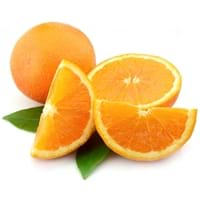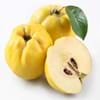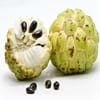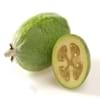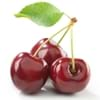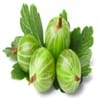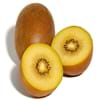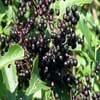Health Benefits
Cancer prevention, Cures gastro-intestinal troubles, Reduces nervous tension, Ulcer prevention
Arthritis treatment, Cancer prevention, Heart care
General Benefits
Anti oxidant properties, Anti-inflammatory properties, Boosts immune system, Controls blood pressure, Digestive aid, Eye care, Helps in weight loss, Improves blood circulation, Maintains healthy cholesterol level
Anti-inflammatory properties, Cures cough, Cures fever, Digestive aid, Healing of wounds, Maintains healthy cholesterol level
Skin Benefits
Anti-aging benefits, Reduces wrinkles
Anti-aging benefits, Brightens and lightens complexion, Reduces wrinkles, Treatment of dark spots
Hair Benefits
Regulates hair growth
Promotes longer and healthier hair, Protects hair, Rejuvenates scalp, Shiny hair
Allergy Symptoms
NA
Abdominal cramps, Hives, Itching, Nausea, Wheezing
Side Effects
Allergic reaction
Allergic reaction, Skin rash, Possibly unsafe during pregnancy
Best Time to Eat
As a snack in the late afternoon, Don't consume at night and before bed, Eat the fresh ones, avoid mixing with any other foods, don't eat after meal., Morning time (before lunch)
As a snack in the late afternoon, Eat the fresh ones, avoid mixing with any other foods, don't eat after meal., Morning time (before lunch), Strictly avoid empty stomach
Vitamin B5 (Pantothenic Acid)
Vitamin C (Ascorbic Acid)
Vitamin E (Tocopherole)
Not Available
Vitamin K (Phyllochinone)
Not Available
Lutein+Zeaxanthin
Not Available
Calories in Fresh Fruit with Peel
Not Available
Calories in Fresh Fruit without Peel
Not Available
Calories in Frozen Form
Not Available
Not Available
Calories in Canned Form
Not Available
Varieties
Meech’s Prolific, Lusitanica, Champion and Vranja AGM
Clementine, Dancy, King Mandarin, Murcott, Ponkan, Robinson, Satsuma and Sunburst
Color
Green, Yellow
Orange
Inside Color
White
Orange
Texture
Crunchy
Succulent
Origin
Iran, South-West Asia, Turkey
South-Eastern Asia
Grows on
Trees
Not Available
Soil Type
Loam, Well-drained
Well-drained
Climatic Conditions
Warm
Sunny
Facts about
- Due to its strong & fruity aroma, brides consumed quince to ensure "perfumed lips".
- It is also called as ‘Pear of Cydonia’, being native to Caucasus and Iran.
- They call it as the ‘golden apple’ of Greek Mythology.
- It is known by another name ' Mandarin'.
- Oil extracted from its peel is used in various skin and hair care products.
- Tangerines is also known as the ‘Christmas Orange’ because it is used to stuff kids' stockings..
Spirits
Yes
Not Available
Cocktails
Yes
Not Available
Top Producer
Turkey
China
Other Countries
Algeria, Argentina, Azerbaijan, China, Iran, Morocco, Serbia, Spain, Uzbekistan
Brazil, Iran, Italy, Japan, Korea, Morocco, Spain, Turkey
Top Importer
United States of America
China
Top Exporter
Argentina
Spain
Botanical Name
Cydonia oblonga
Citrus reticulata
Synonym
C. vulgaris
Citrus clementina or Citrus nobilis
Subkingdom
Tracheobionta
Tracheobionta
Division
Magnoliophyta
Magnoliophyta
Class
Magnoliopsida
Magnoliopsida
Species
C. oblonga
C. reticulata
Generic Group
Rose
Citrus fruit
Difference Between Quince and Tangerine
We might think that Quince and Tangerine are similar with respect to nutritional value and health benefits. But the nutrient content of both fruits is different. Quince and Tangerine Facts such as their taste, shape, color, and size are also distinct. The difference between Quince and Tangerine is explained here.
The amount of calories in 100 gm of fresh Quince and Tangerine with peel is 57.00 kcal and Not Available and the amount of calories without peel is Not Available and 53.00 kcal respectively. Thus, Quince and Tangerine belong to Low Calorie Fruits and Low Calorie Fruits category.These fruits might or might not differ with respect to their scientific classification. The order of Quince and Tangerine is Rosales and Sapindales respectively. Quince belongs to Rosaceae family and Tangerine belongs to Rutaceae family. Quince belongs to Cydonia genus of C. oblonga species and Tangerine belongs to Citrus genus of C. reticulata species. Beings plants, both fruits belong to Plantae Kingdom.

